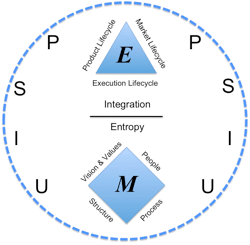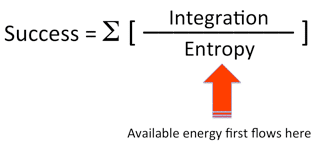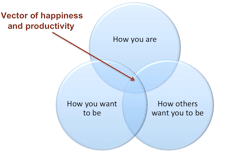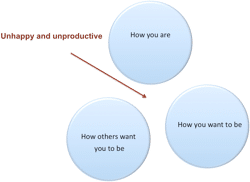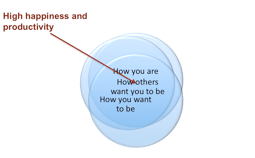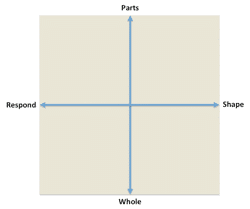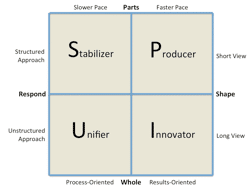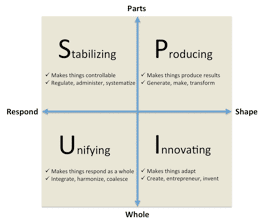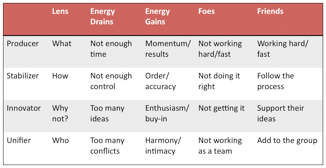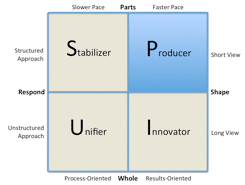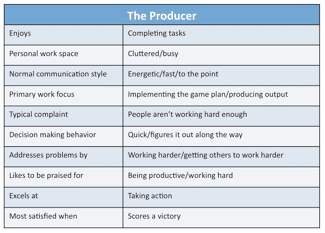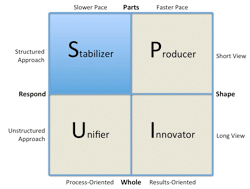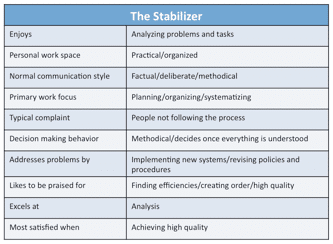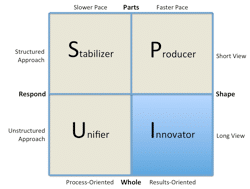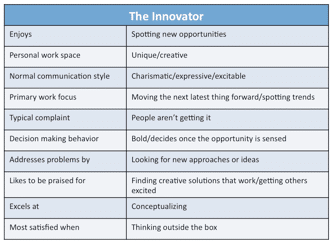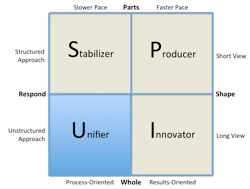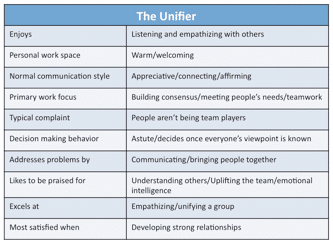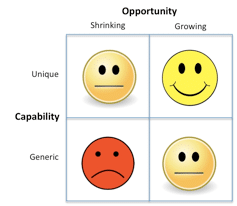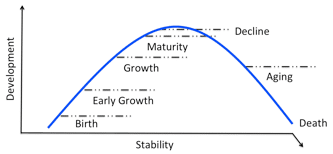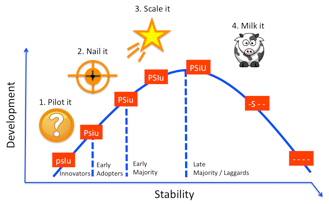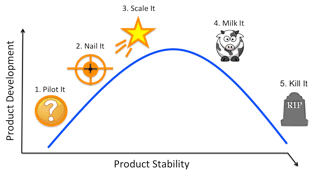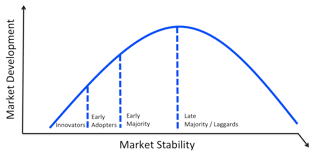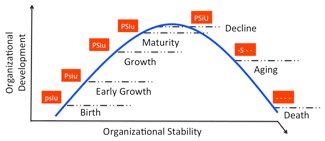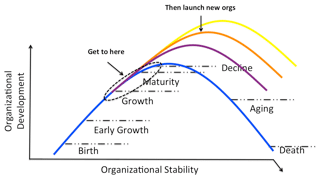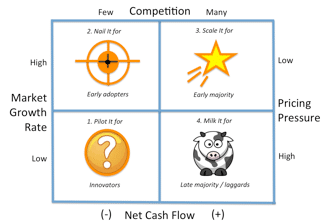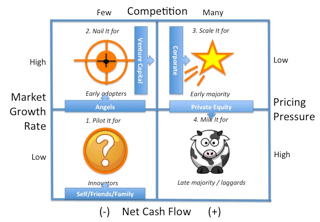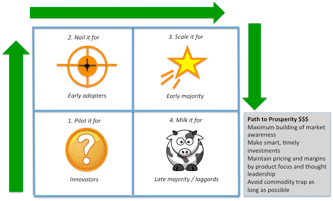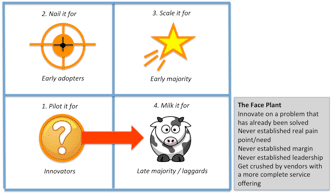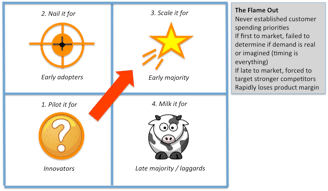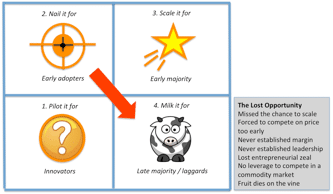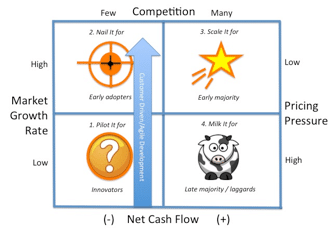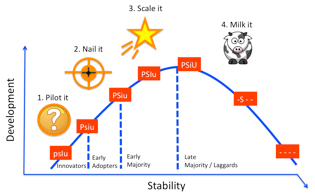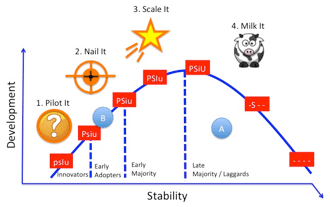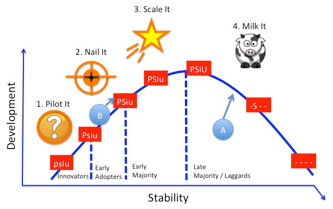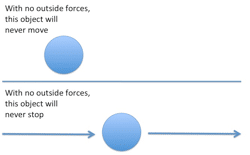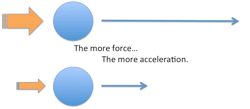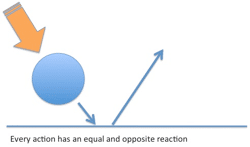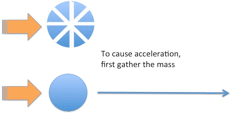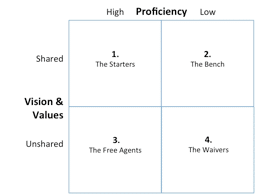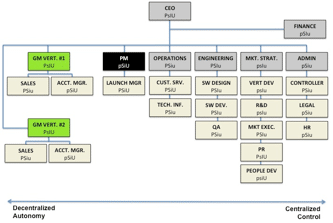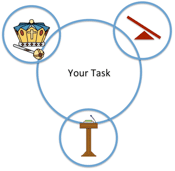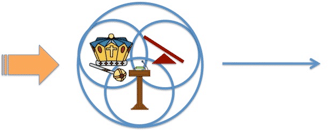Organizational Physics Audio Book Visual Materials
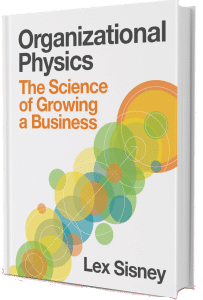 This page contains visual materials for audio book listeners. Enjoy the book!
This page contains visual materials for audio book listeners. Enjoy the book!
How to Read this Book
Figure 1. Organizational Physics Strategy Map
Chapter 1
Figure 2. The Universal Success Formula
Figure 3. Available energy first flows to manage entropy needs
Figure 4. High entropy steals from high success
Figure 5. A decrease in entropy allows the system to have more energy for top-line performance
Chapter 2
Figure 6. The Vector of Happiness and Productivity
Figure 7. The greater the gap, the more unhappy and unproductive you are
Figure 8. The narrower the gap, the greater the happiness and productivity
Chapter 3
Figure 9. The Adaptive Systems Model provides a universal framework for understanding individual and collective behavior
Figure 10. The four forces of Organizational Physics
Figure 12. The friends, foes, gains, and drains for each style
Chapter 4
Figure 14. Traits of the Producer Style
Chapter 5
Figure 15. The StabilizerStyle
Figure 16. Traits of the Stabilizer Style
Chapter 6
Figure 17. The Innovator Style
Figure 18. Traits of the Innovator Style
Chapter 7
Figure 20. Traits of the Unifier Style
Chapter 9
Figure 21. Not all opportunities and capabilities are created equal
Figure 22. Everything follows a lifecycle
Figure 23. Aligned Product, Market, and Execution Lifecycles
Chapter 10
Figure 24. The stages of the product lifecycle
Chapter 11
Figure 25. The Market Lifecycle
Chapter 12
Figure 26. The stages of the Execution Lifecycle
Figure 27. The goal of the Execution Lifecycle is perpetual renewal
Chapter 13
Figure 28. Four key metrics guide the timing and sequence of your strategy: market growth rate, competition, pricing pressure, and net cash flow
Figure 29. Typical investment capital timing and sources
Figure 30. The Path to Prosperity goes the long way around
Figure 33. The Lost Opportunity
Chapter 14
Figure 34. Customer-driven/agile development and lifecycle strategy
Chapter 15
Figure 36. The Strategy Map in action (part 1)
Figure 37. The Strategy Map in action (part 2)
Chapter 16
Figure 38. Newton’s first law of motion
Figure 39. Newton’s second law of motion
Figure 40. Newton’s third law of motion
Figure 41. To create acceleration, first gather the mass
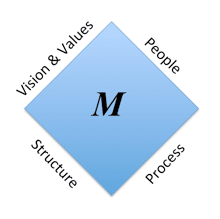
Figure 42. The Execution Diamond
Chapter 17
Figure 43. Who’s on your team?
Chapter 18
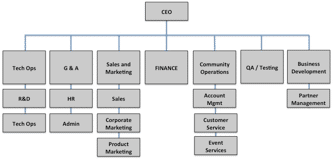
Figure 44. Structure done wrong. Can you tell what’s wrong with this picture?
Figure 45. Structure done right. Can you tell how to scale this company?
Chapter 19
Figure 46. If your task if big, you’ll need to gather the authority, power, and influence to make it happen
Figure 47. Once you’ve gathered in the authority, power, and influence, it’s much easier to enact a change

